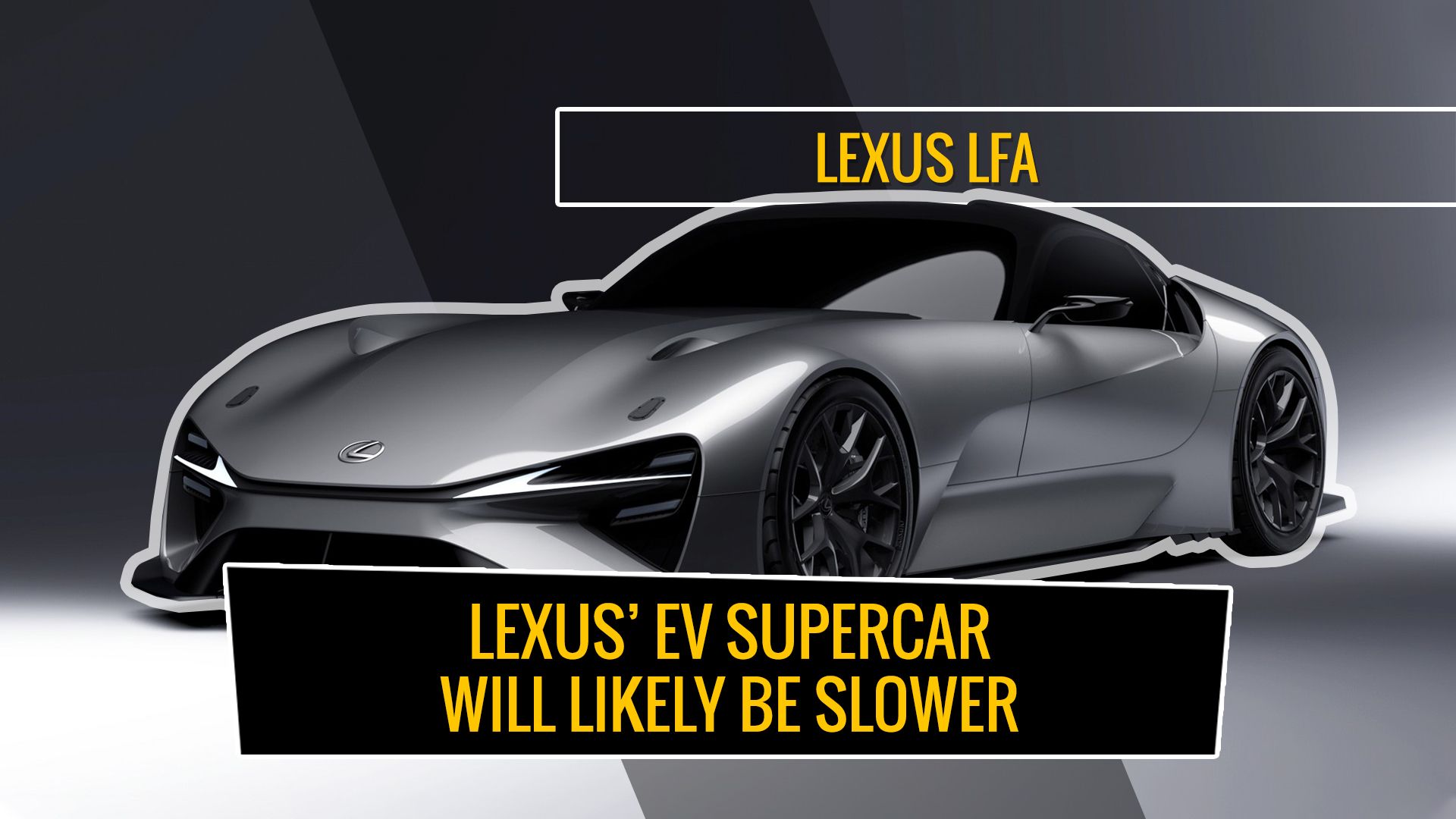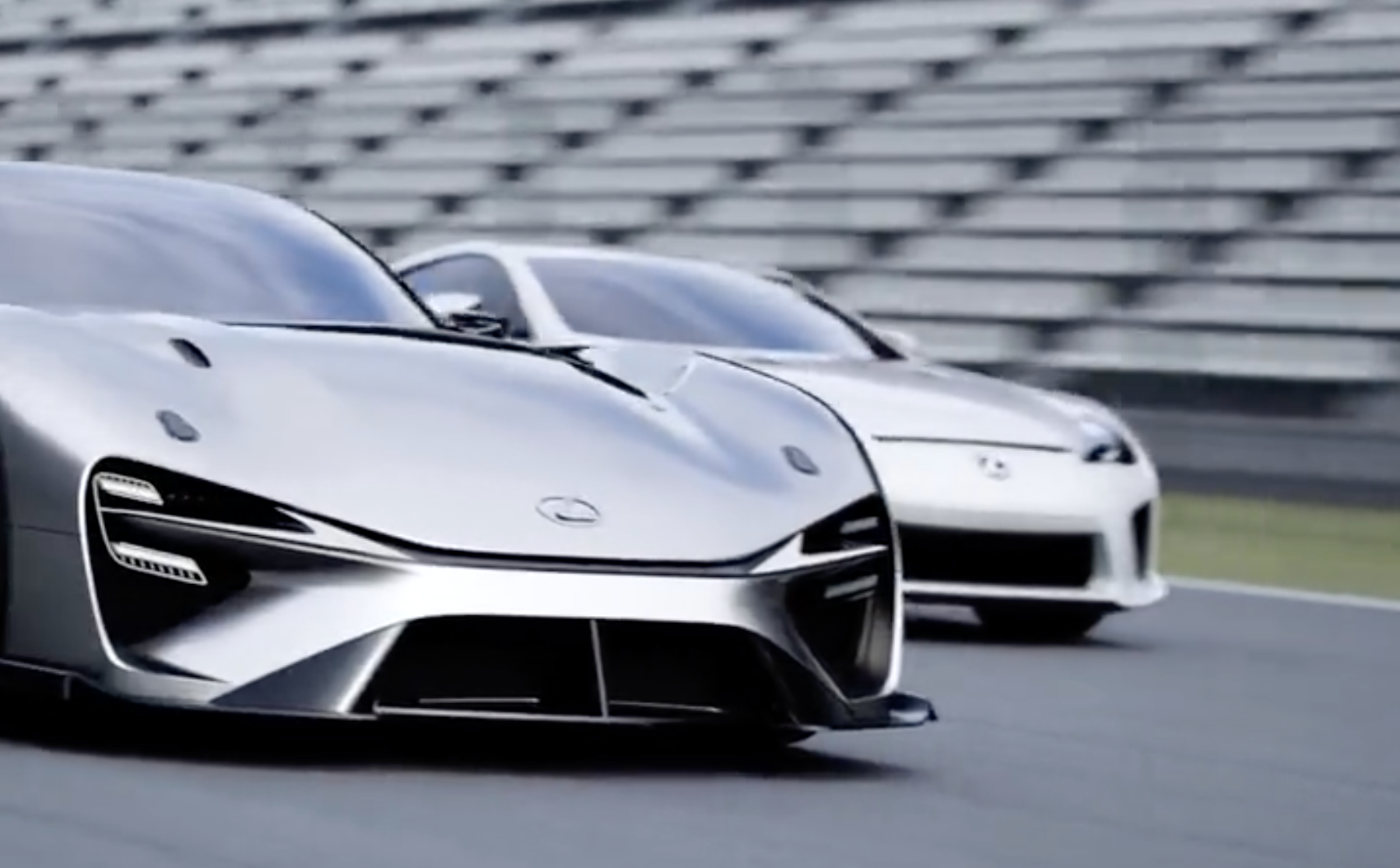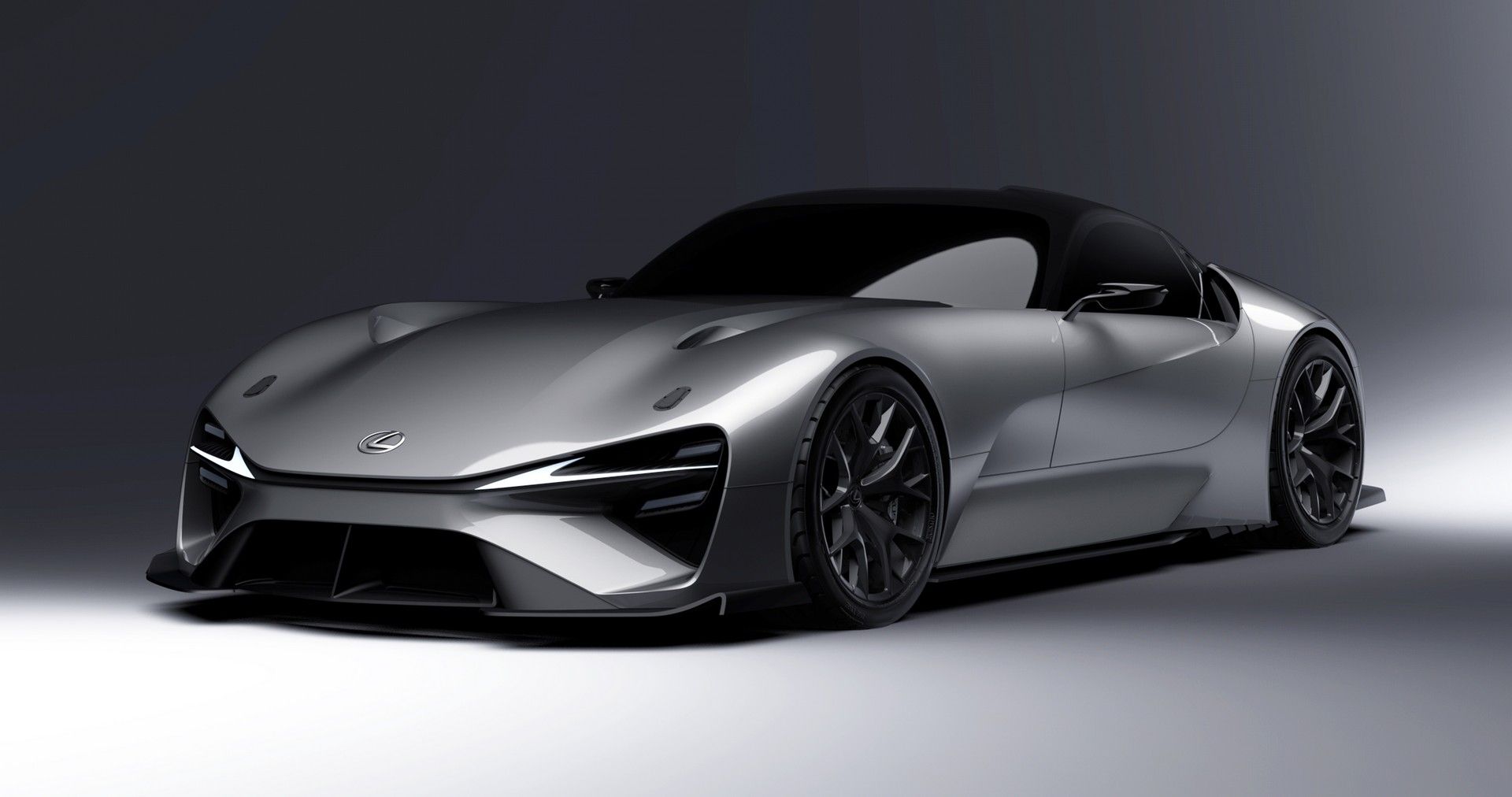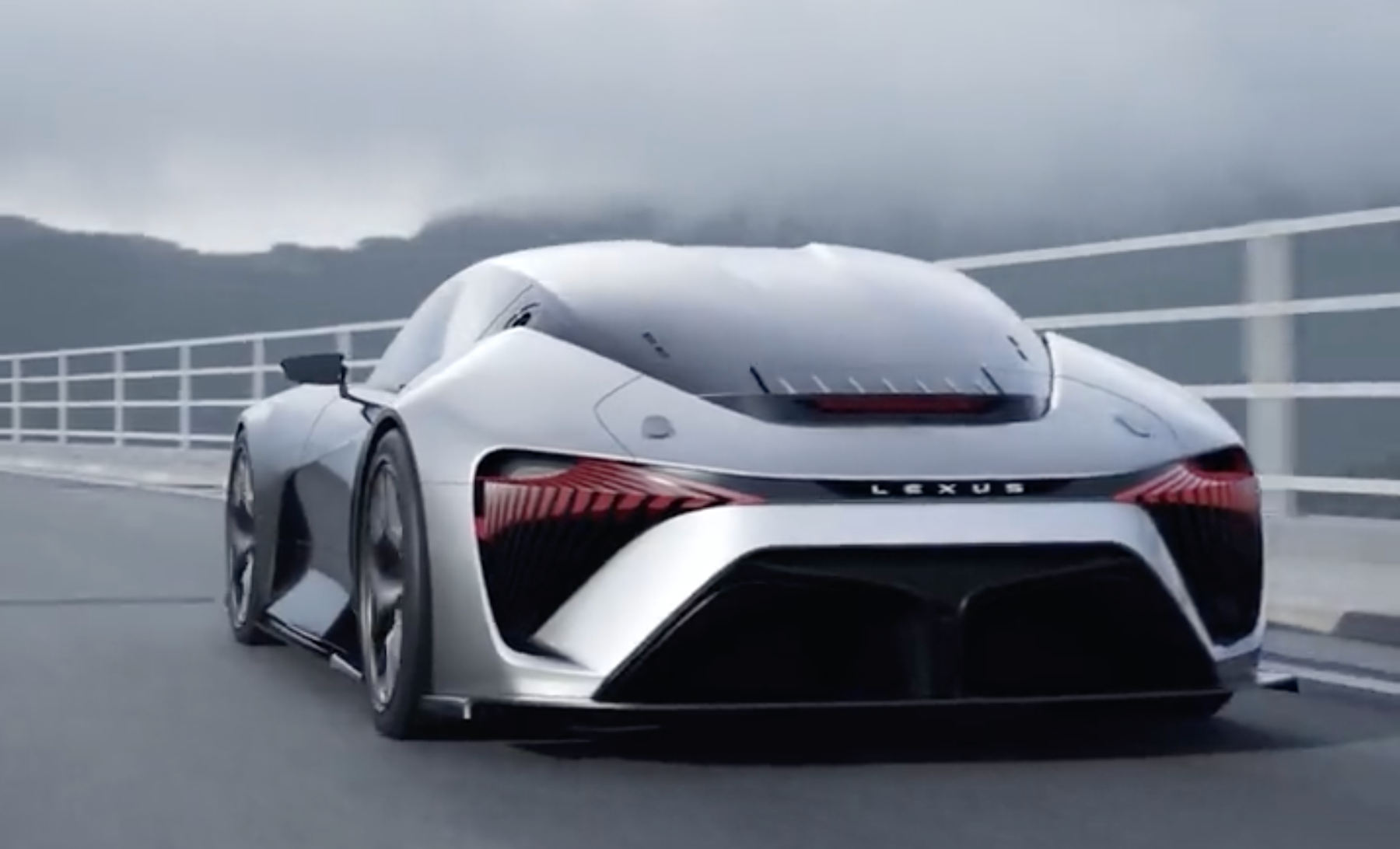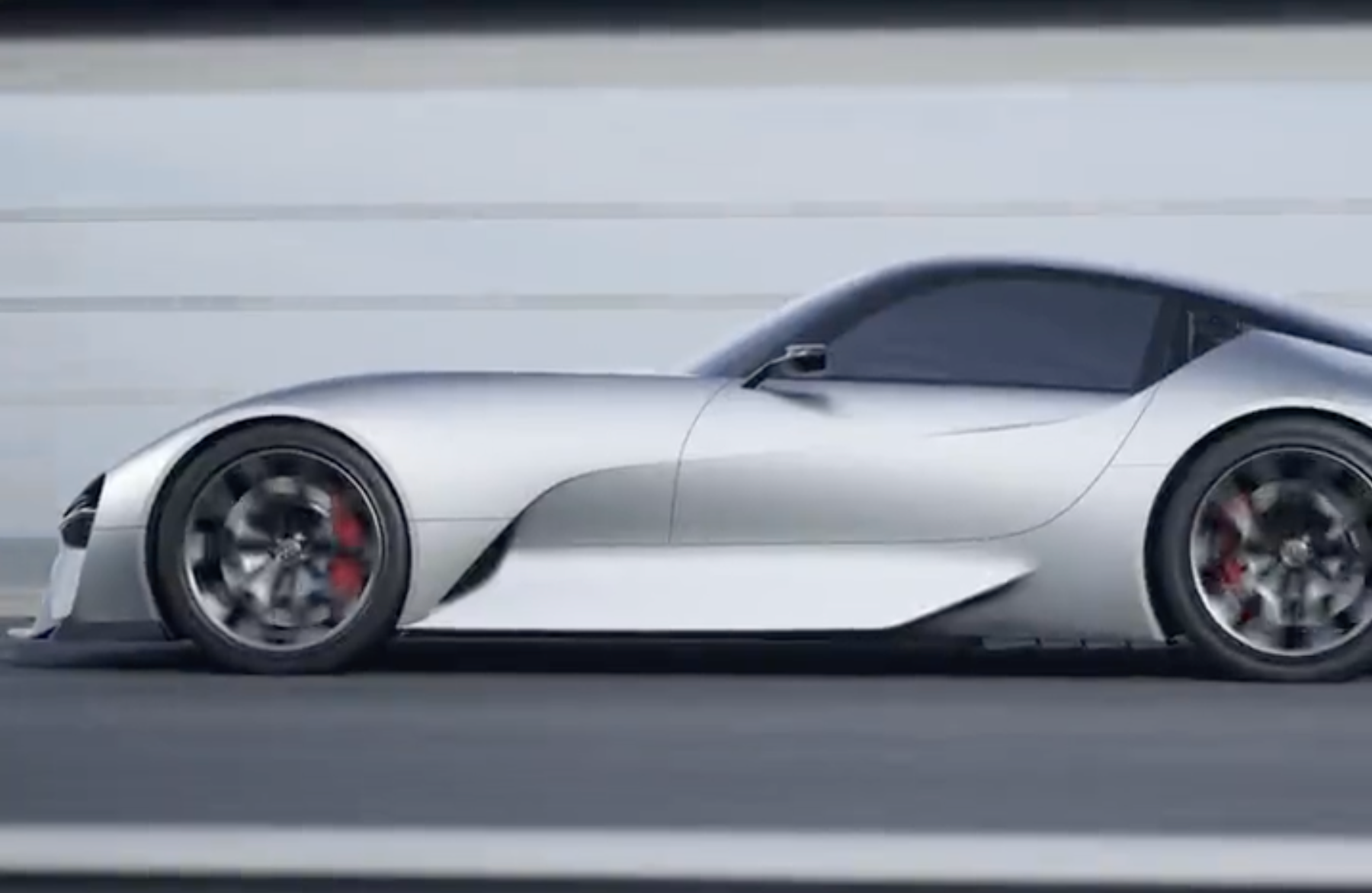By now, it’s clear that Toyota and Lexus have big plans for their “carbon-neutral” future. A few months ago, the Japanese company unveiled over 15 new concepts, under both brands, which include hybrids and fully-electric vehicles. While each of the studies brings something to the table, it is the Lexus EV Supersport that captured our attention the most as it is going to be the spiritual successor to the Lexus LFA. And, there lies the problem. While Lexus’s first electric sports car looks and sounds promising (so far), we already see a couple of problems with the LFA’s all-electric successor.
Too Good To Replicate
The Lexus LFA came out in 2010 and was, quite simply, one of the best cars ever made. Because the LFA was so good, even Lexus failed to replicate it in its newer models. The Lexus RC-F, for example, was not particularly successful as a performance car due to the fact it was a performance version of a rather heavy, luxury, grand tourer. Yes, the 5.0-liter naturally-aspirated V-8 was glorious, but it was paired with an eight-speed automatic, which was absurdly long-legged.
To be fair, even if it wasn’t for the transmission and weight, the RC-F still wouldn’t have been able to hold a candle to the LFA. The latter was designed from the ground up as a supercar. Moreover, Lexus spent nearly a decade developing the thing. You have probably heard that the whole car was initially intended to be made of aluminum, but halfway through the development, Lexus decided to switch to carbon fiber in order to shed an extra 220 pounds (100 kg) from the car’s weight.
The engine was, of course, one of the main things that made the LFA a phenomenal car. Words like “alive” and “sentient” were used to describe the Yamaha-designed, 4.8-liter, naturally-aspirated V-10. With 552 horsepower (412 kilowatts) at 8,700 RPM and 354 pound-feet (480 Nm) of torque at 6,800 RPM, the Japanese supercar was able to do the 0 to 60 mph (97 km/h) sprint in 3.6 seconds on to a top speed of 202 mph (325 km/h).
The Soundtrack
Another thing that made the Lexus LFA such an epic car is the engine soundtrack, which was specifically tuned by Yamaha, which in case you forgot, also makes world-class musical instruments. It was what gave the LFA a sense that it is a living being and not just a collection of high-end mechanical parts, assembled together. Moreover, the engine revs from idle to the redline in 0.6 seconds, necessitating a digital tachometer (an analog needle wouldn’t keep up).
On that front, the Lexus Electrified Sport Concept would, for obvious reasons, lack the epic soundtrack of its ICE-powered predecessor. Even if they get Hans Zimmer on board, like what BMW did for their artificial “engine noise”, it still wouldn’t matter.
Lexus’ EV Supercar Will Likely Be Slower
I have driven enough EVs to know that despite their horsepower output, they lack the high top speed of their ICE-powered counterparts. This is due to the fact that batteries become extremely inefficient over a certain speed to the point where 10 mph (16 km/h) more may require 25-percent more energy. At this point in time, the only EVs capable of over 200 mph (322 km/h) or getting close to it are the Tesla Model S Plaid and the Croatian Rimac Nevera hyper EV, which have an official top speed of 199 mph (320 km/h) and 258 mph (415 km/h) respectively.
There are a few others out there like the Aspark Owl (249 mph/400 km/h), the Tesla Roadster (250+ mph/401+ km/h), and the Austrian Deus Vayanne (248 mph (399 km/h), but we are yet to see them in action. Most of these make the LFA’s 202 mph (325 km/h) top speed figure seem laughable. With that said, from what we have seen so far, Lexus’ EV supercar would need to have at least 1,000 horsepower in order to reach speeds of over 200 mph (322 km/h). Whether Lexus would put a conservative speed governor before that figure for the sake of range remains to be seen.
Then there is the question of weight. The Lexus LFA tips the scales at 3,559 pounds (1,614 kg). The EV supercar from Lexus is said to have a range of 435 miles (700 km). This would, no doubt, require a large battery pack, which would add at least a few hundred pounds on top of the LFA’s curb weight.
Too Slow To Compete
Before I start getting hate from Toyota and Lexus enthusiasts, I am not suggesting the EV supercar from Lexus is going to be slow. The Japanese carmakers has confirmed a 0 to 60 mph (97 km/h) figure of 2.0- to 2.5 seconds, which is Bugatti Chiron territory. However, that figure is less than impressive when you look at other EVs like the Tesla Model S Plaid’s 2.1-second 0 to 60 mph (97 m/h) figure.
I’m not even going to mention the plethora of all-electric hypercars like the Rimac Nevera, Aspark Owl, and company, which are said to require around 1.7 seconds for the same discipline. Granted, 2.5 seconds is still way quicker than the LFA’s 3.6-second figure, but not nearly as impressive as some of the rest, especially considering the Model S Plaid’s practicality.
Moreover, the LFA was too expensive for its own good, to the point where Lexus was losing money on each unit sold. The hefty price figure that comes with the Lexus badge and the promise of a “carbon-neutral future” will surely be replicated on the EV supercar, which would beg the question, do you really need it when there are quicker, more usable, and more affordable EV offerings out there?

